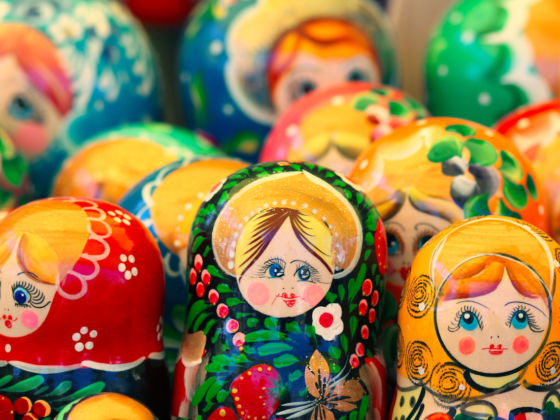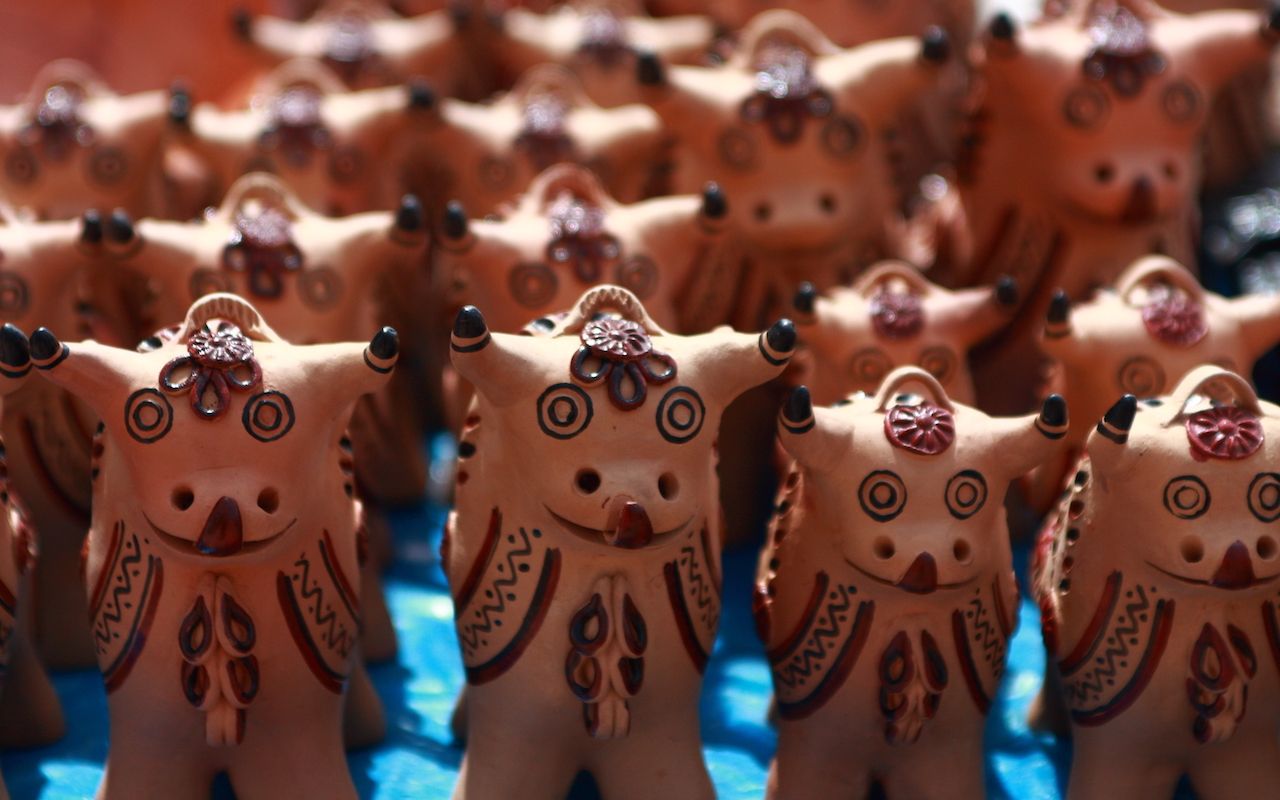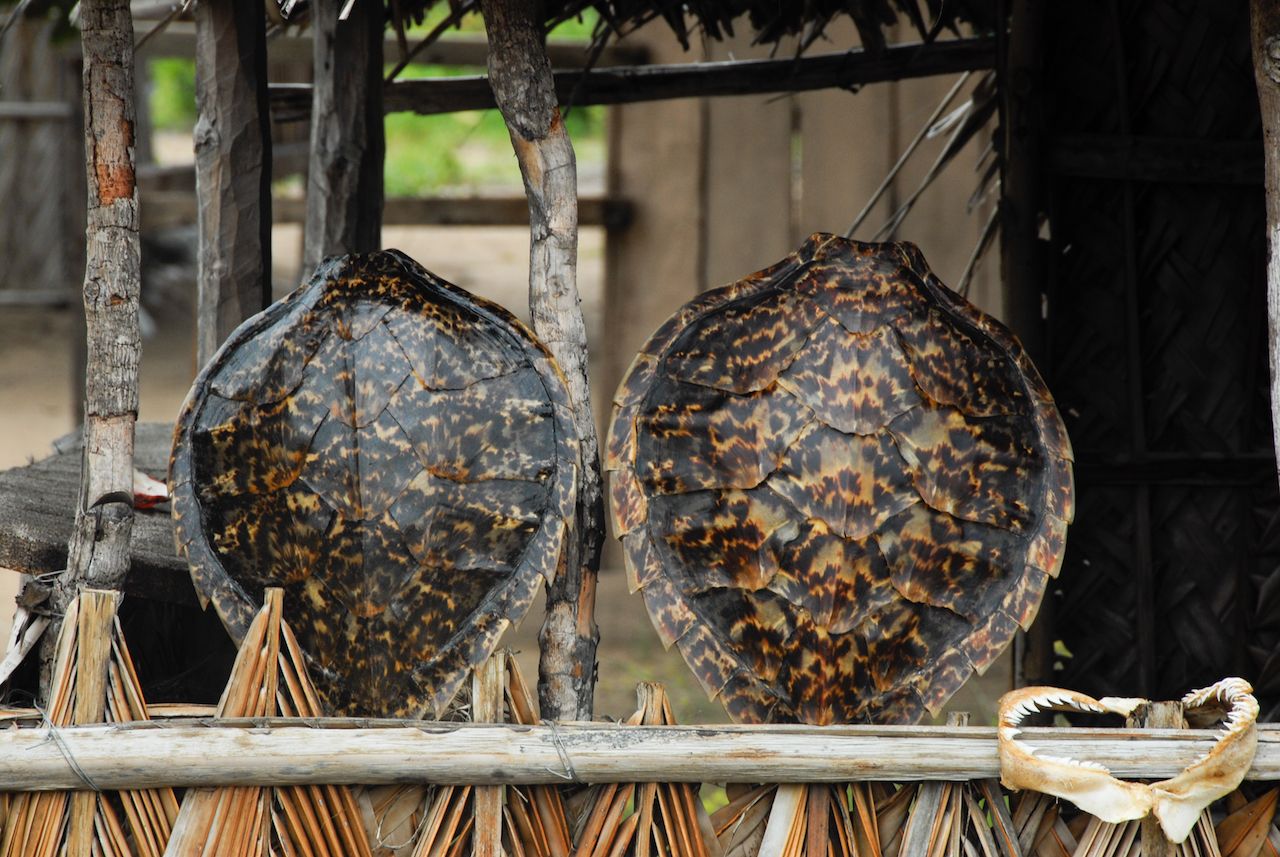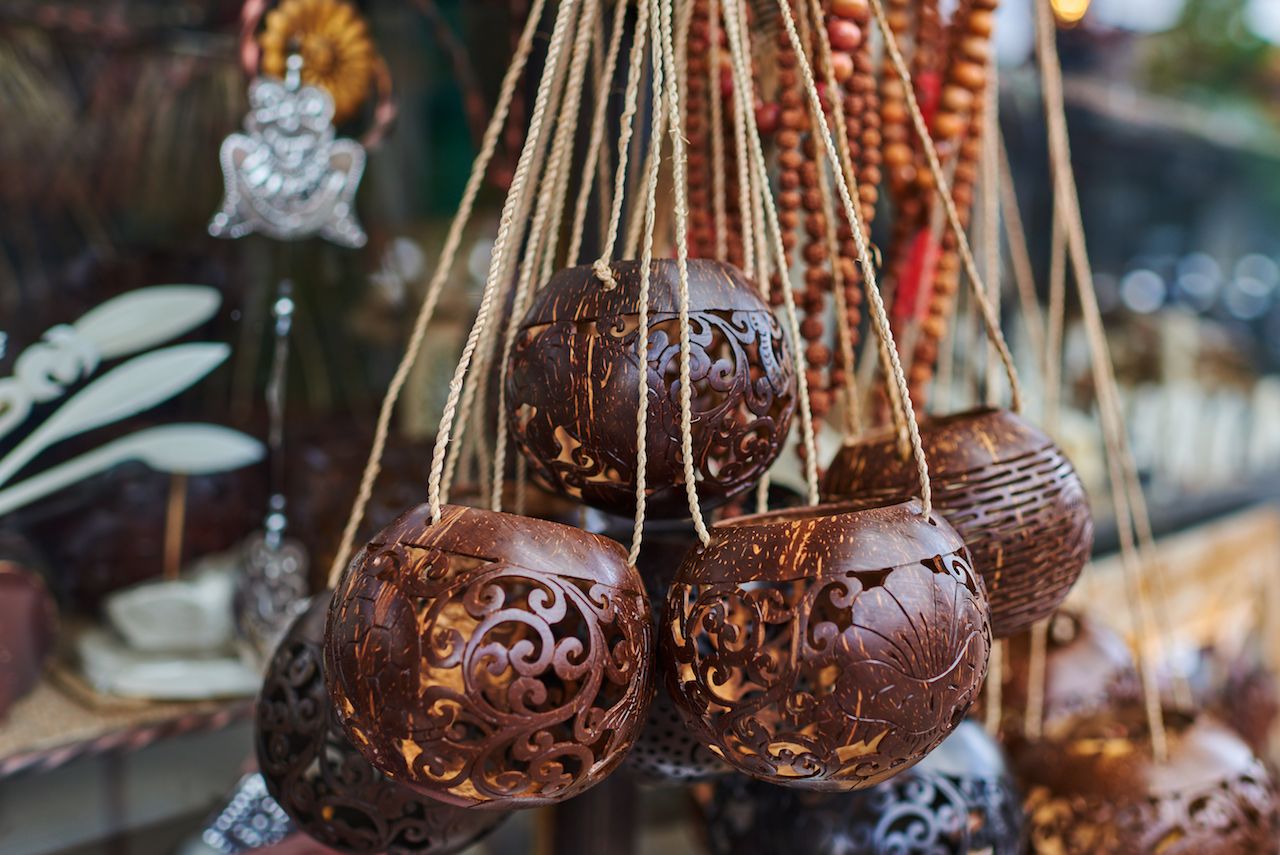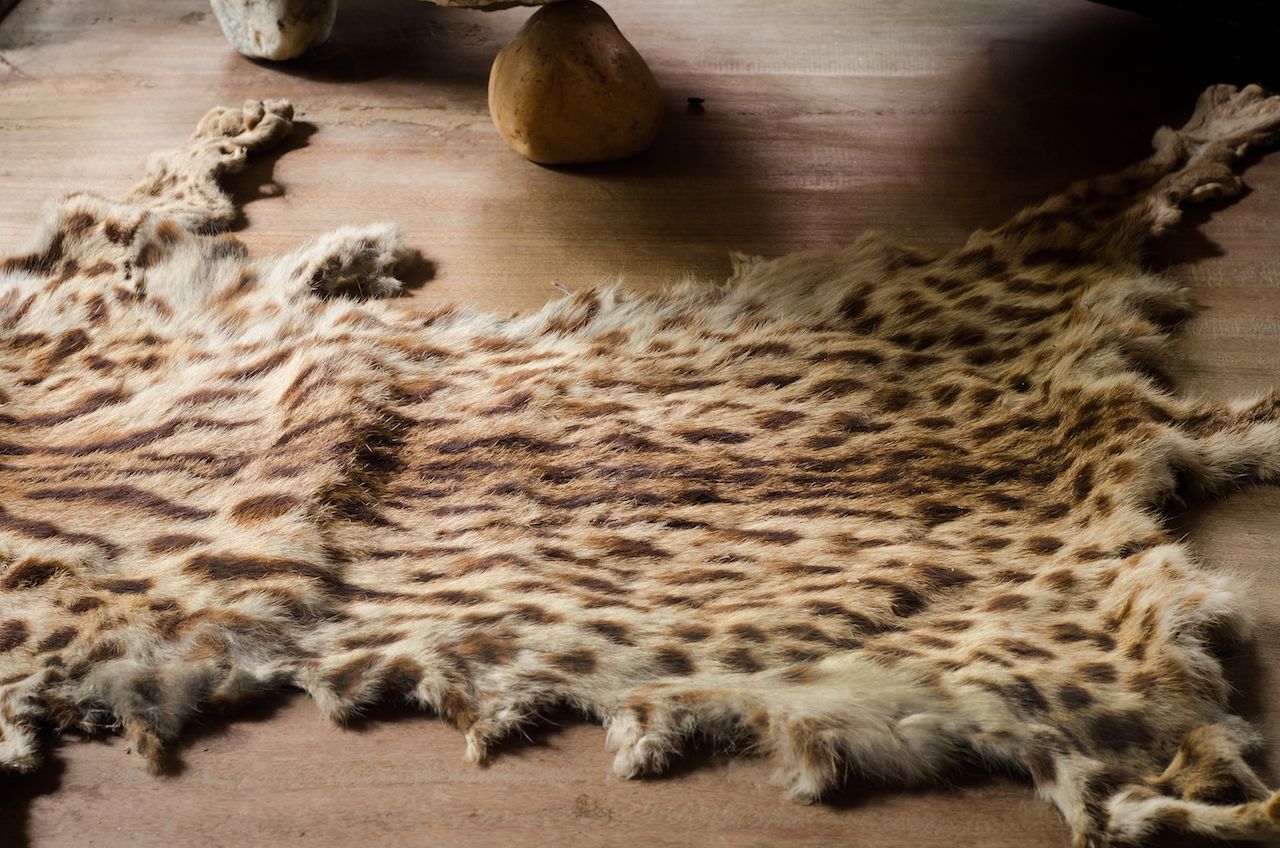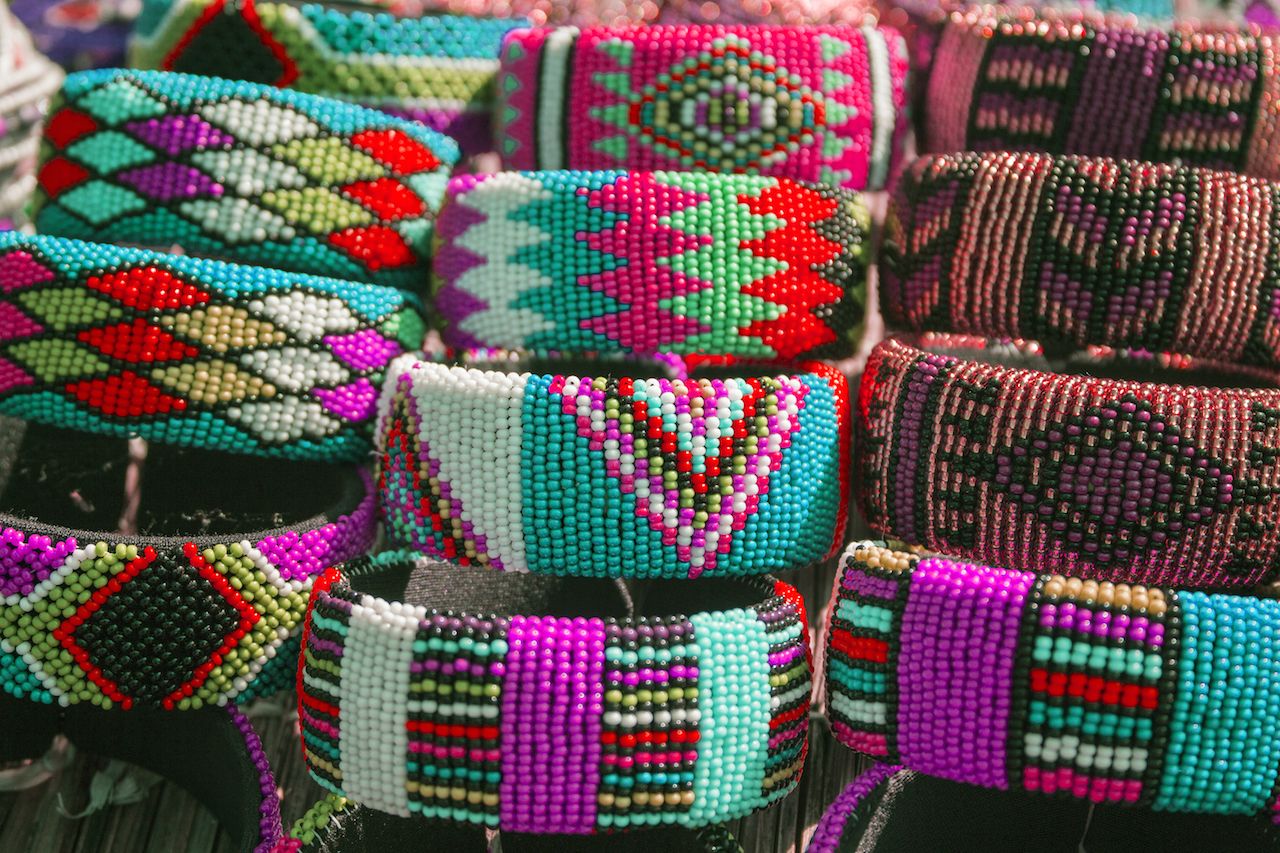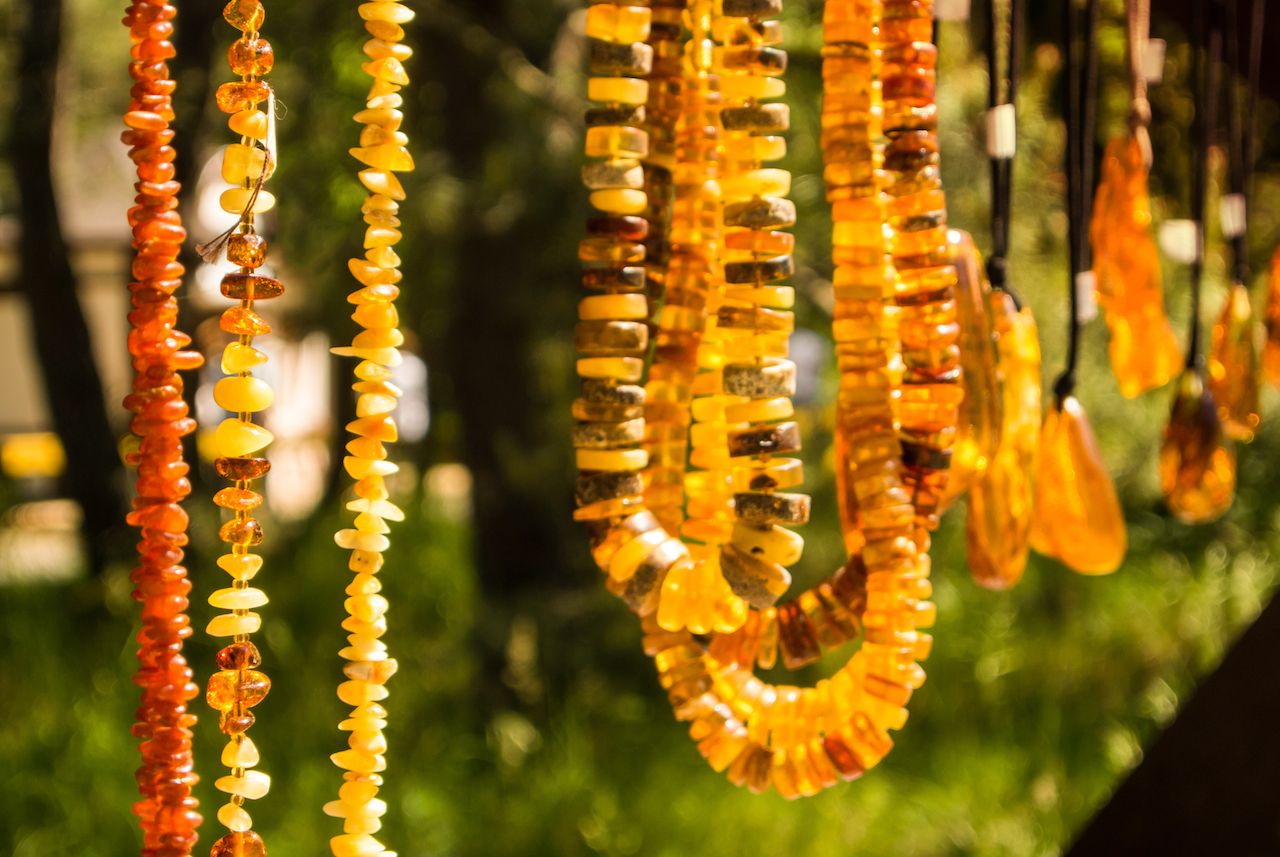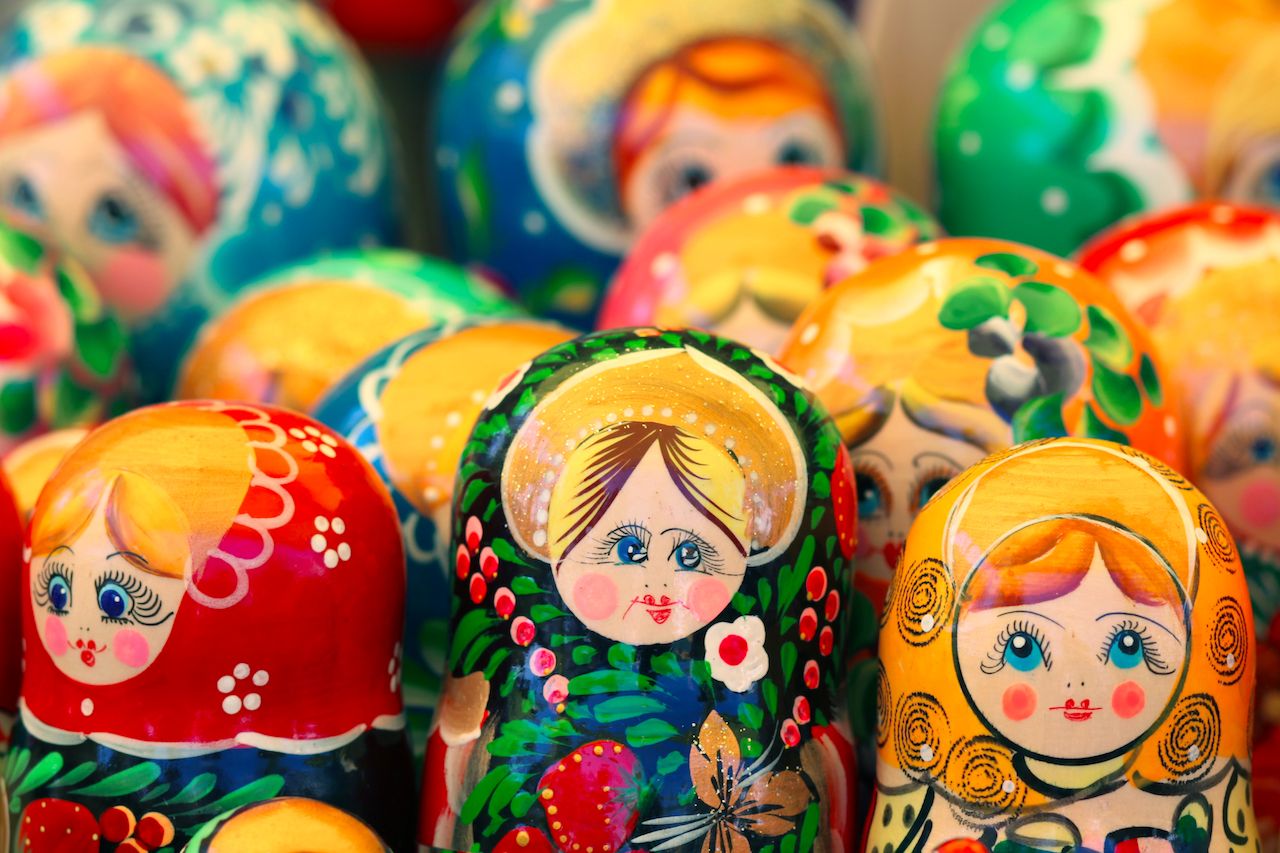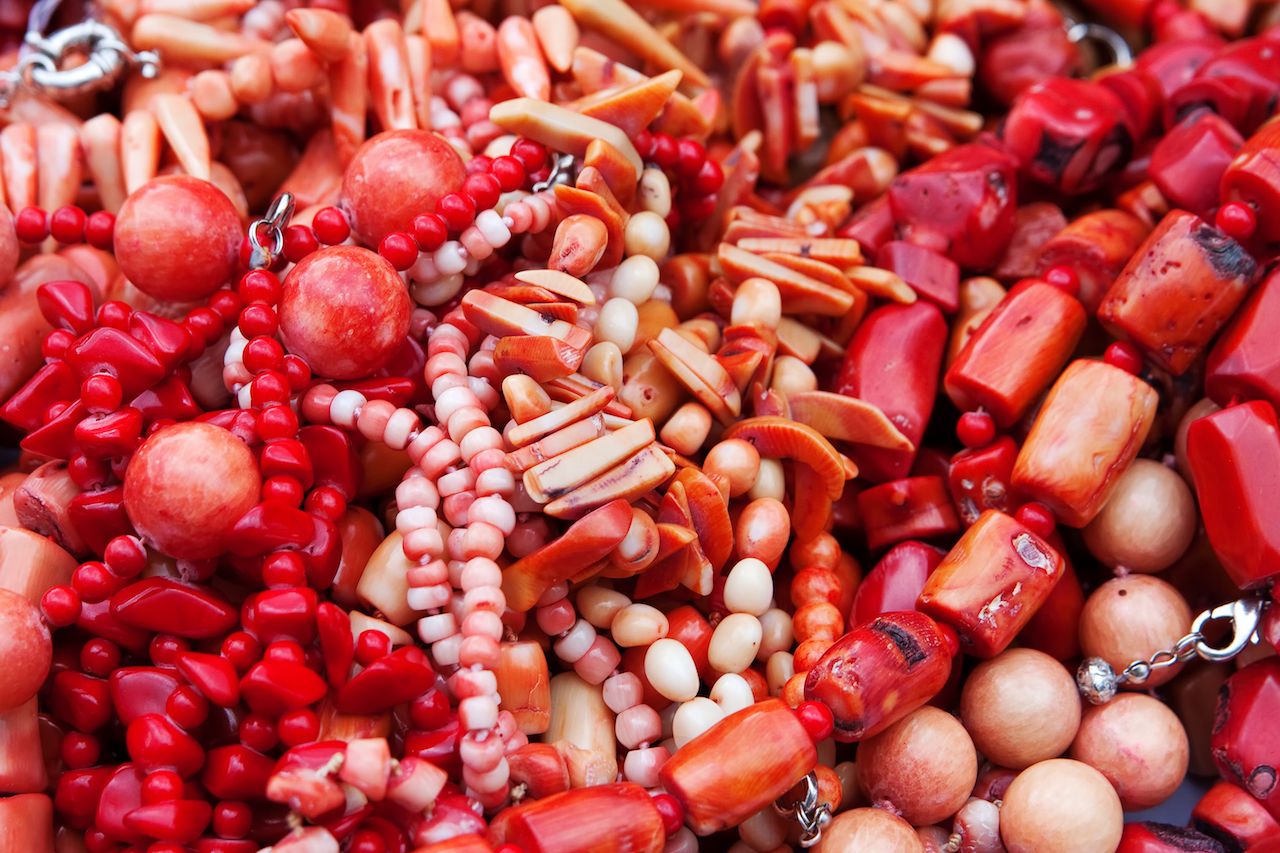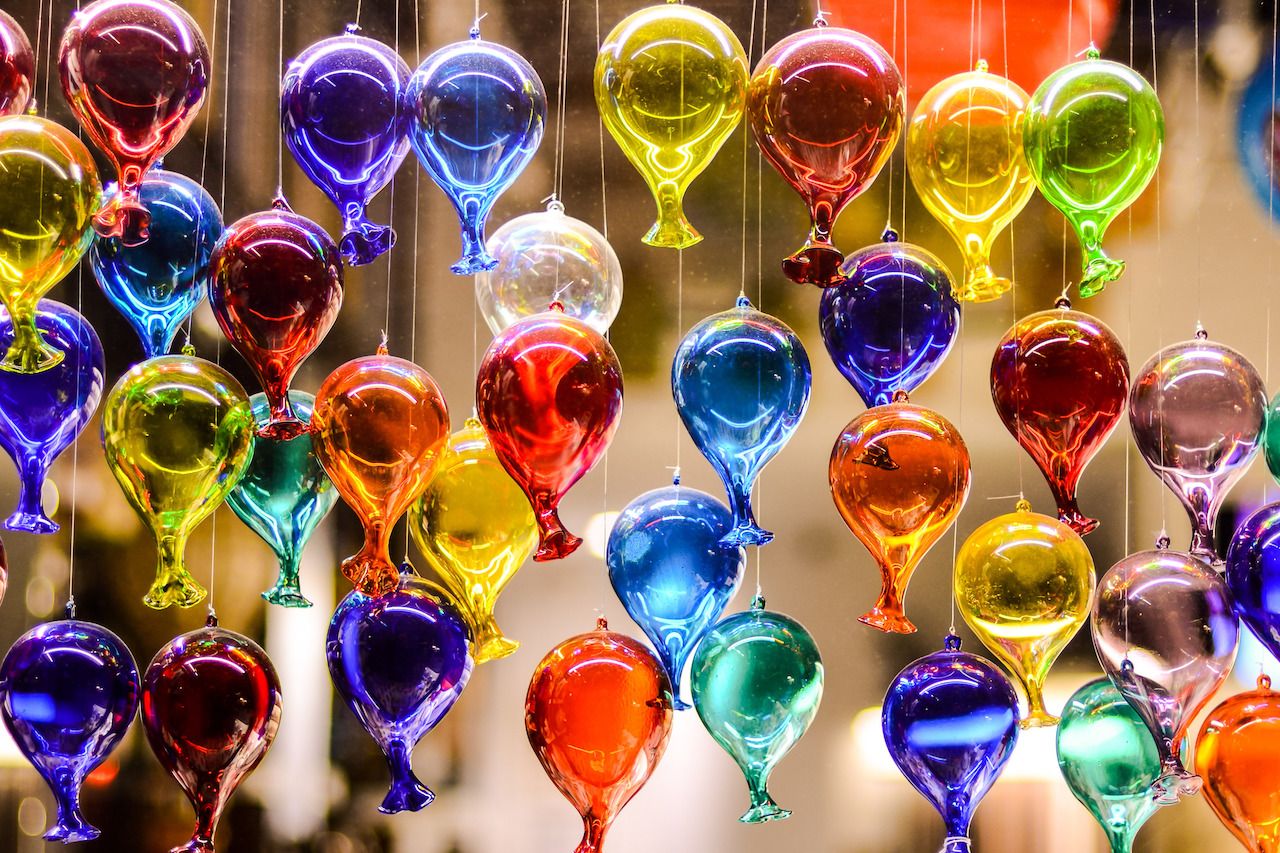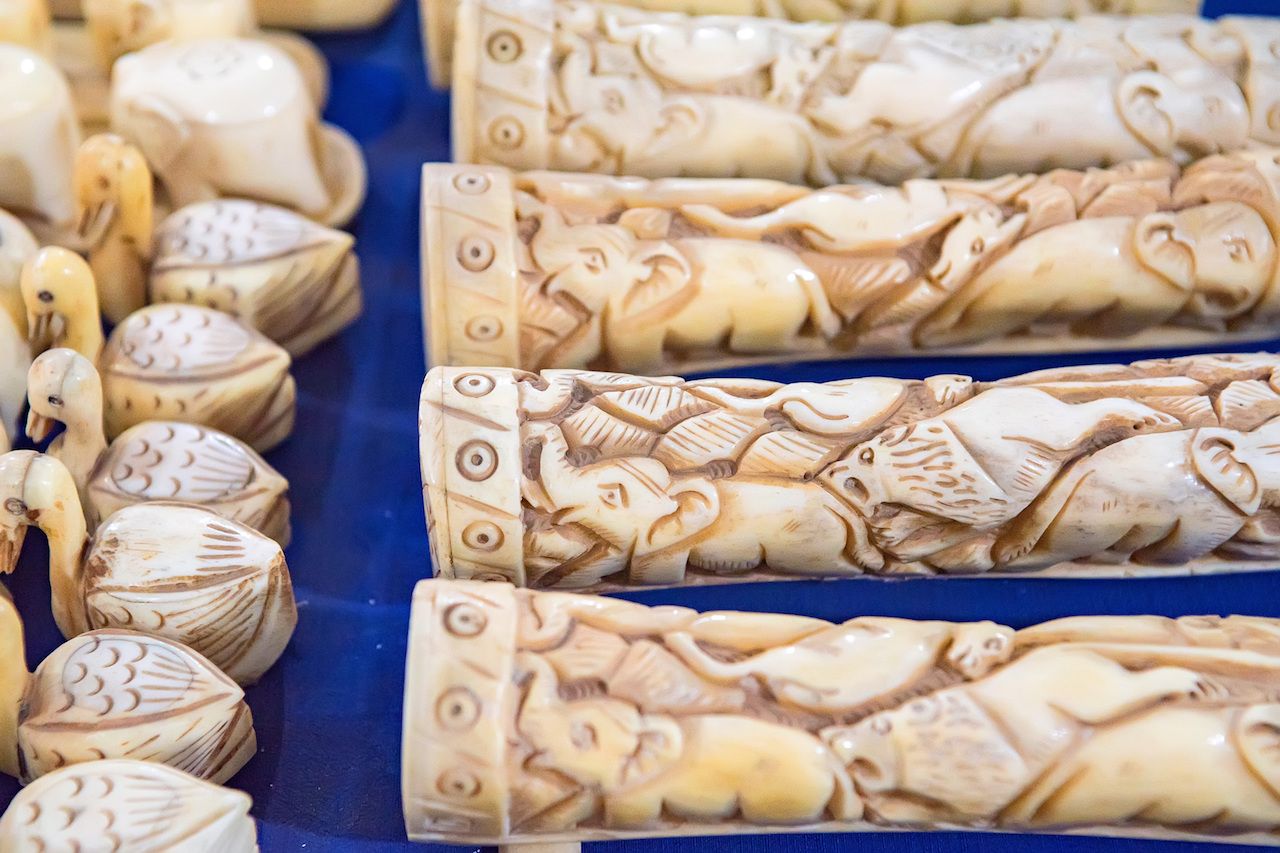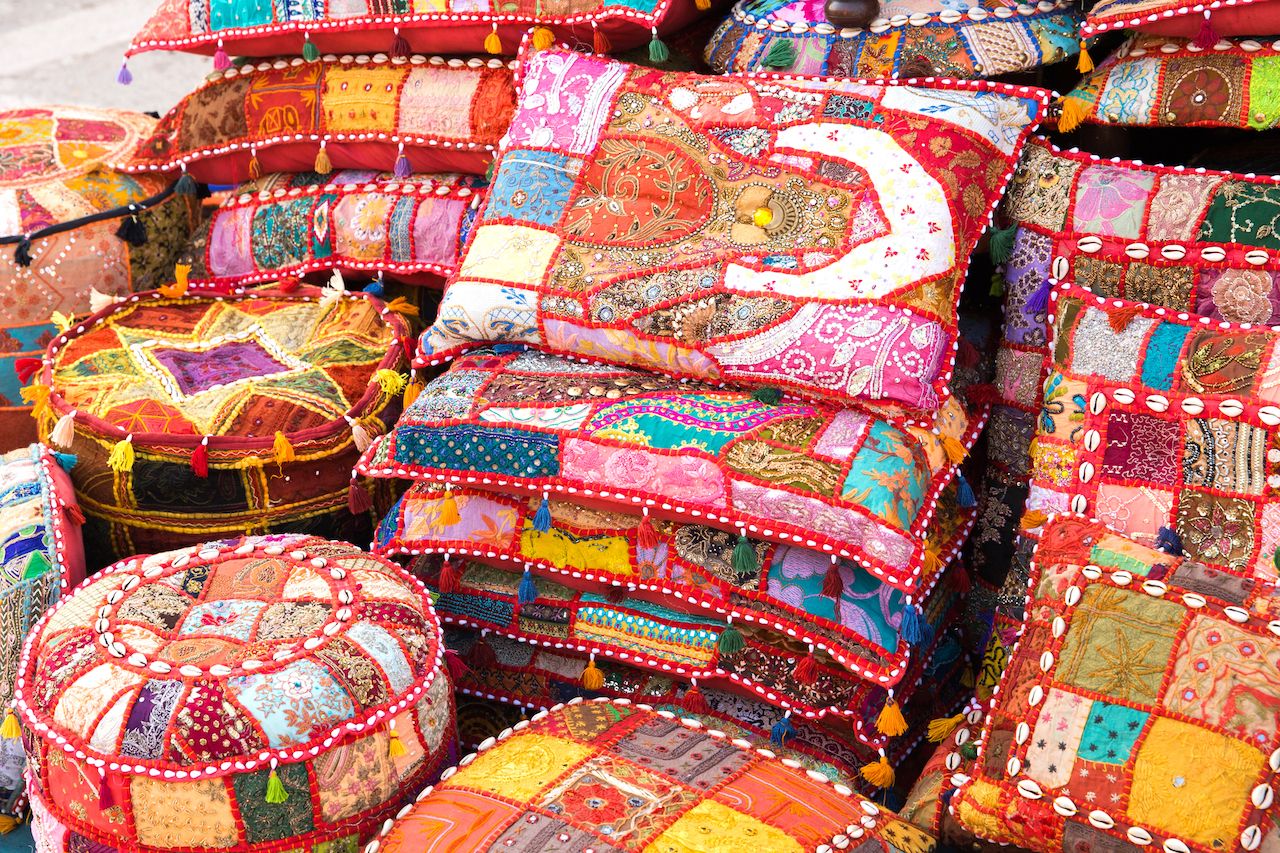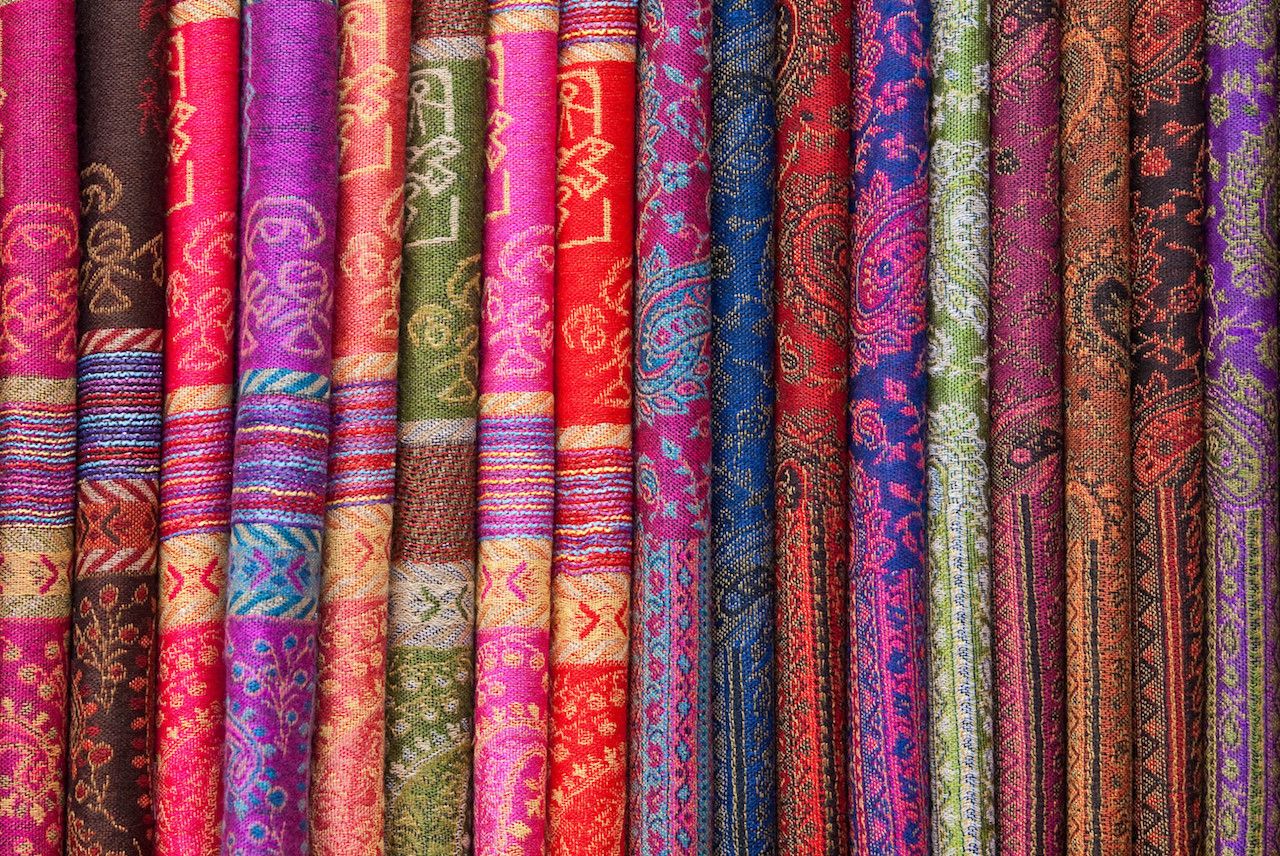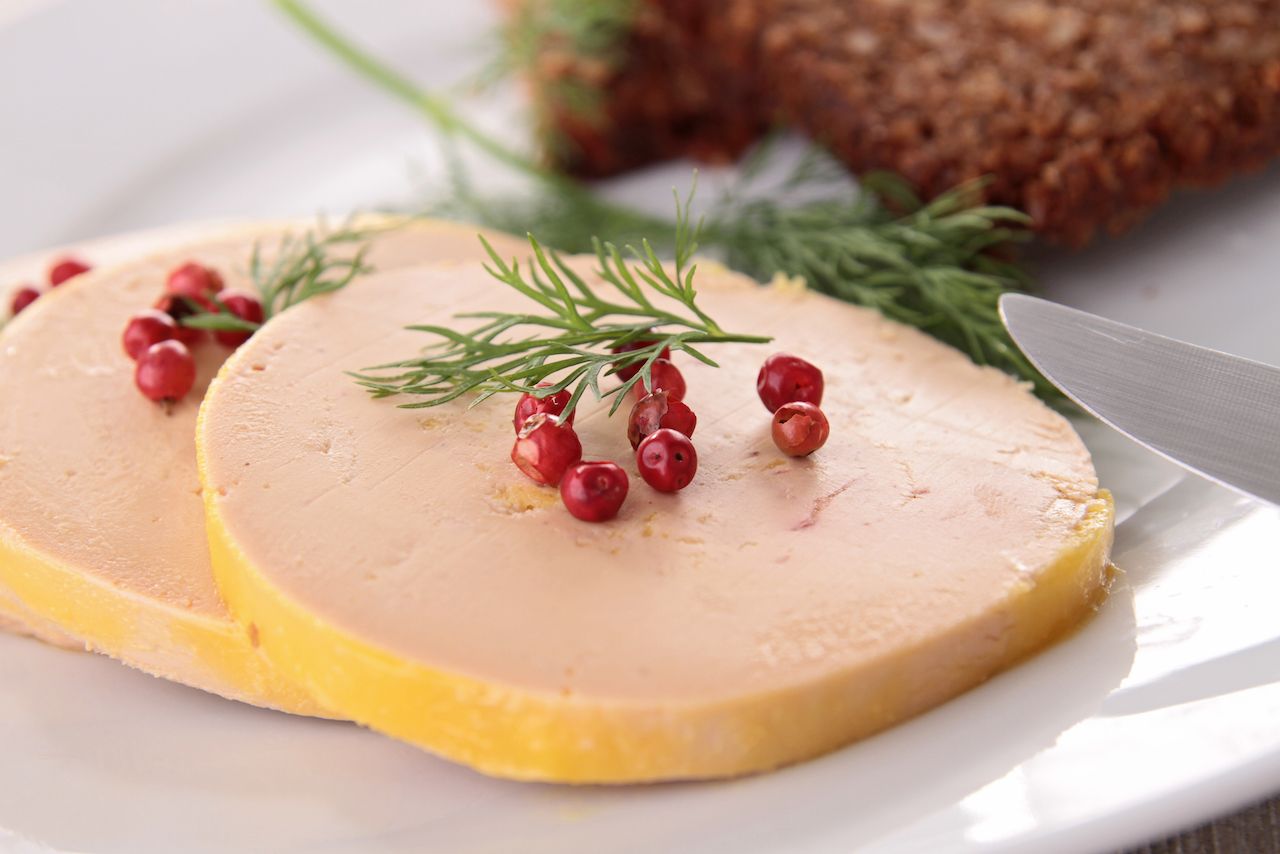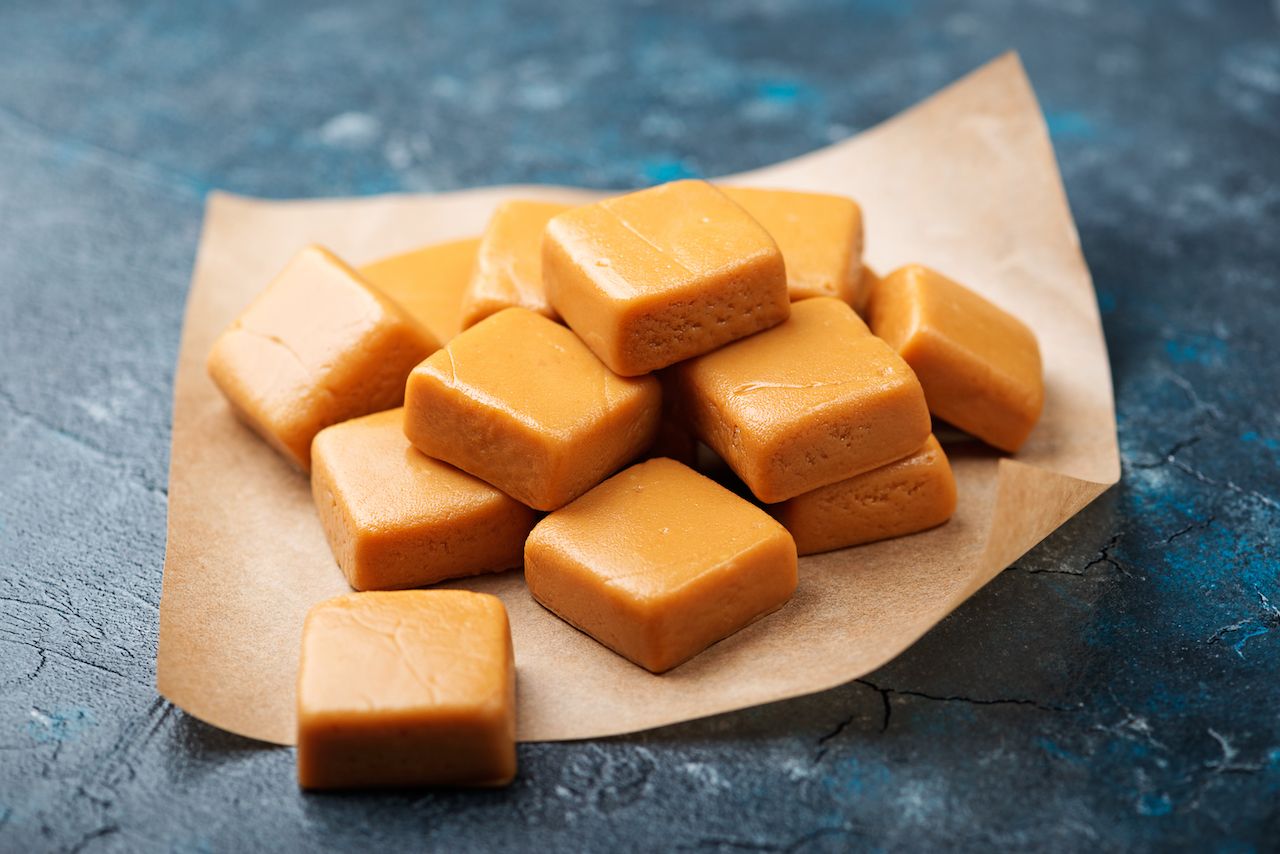Traveling inherently involves an environmental impact, from the flights we take to the sunscreen we wear, the food we eat, or even the footpaths we decide to wander from. Every decision has a consequence, and the kind of souvenirs we choose to take home with us are no different.
Just a couple of weeks ago, I wandered into a jewelry store in Kalk Bay, South Africa. I described the kind of necklace I was looking for to the woman behind the counter who reached behind her for a long string of fine wooden beads.
